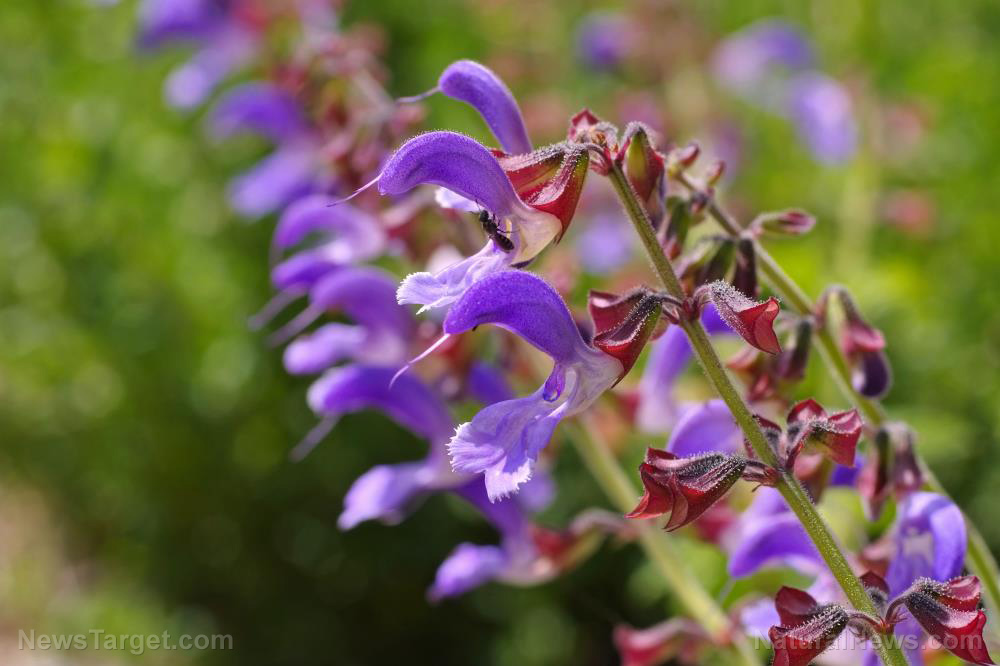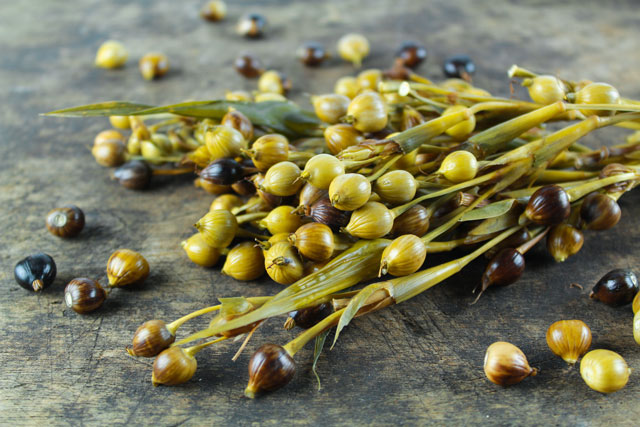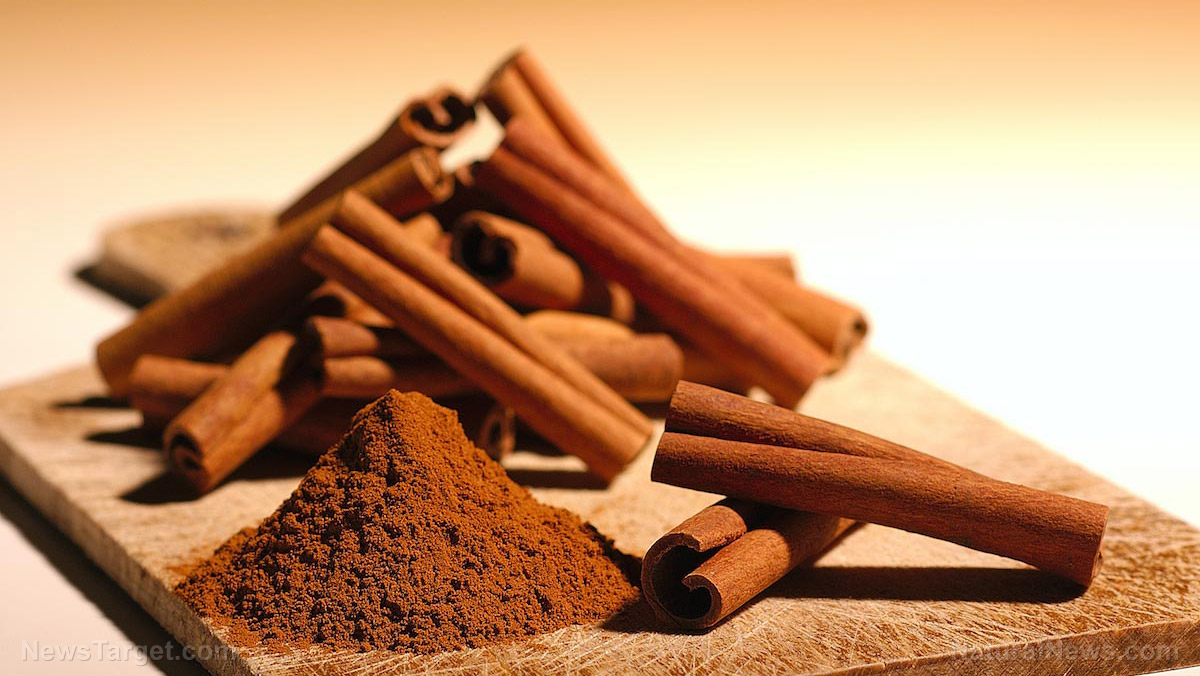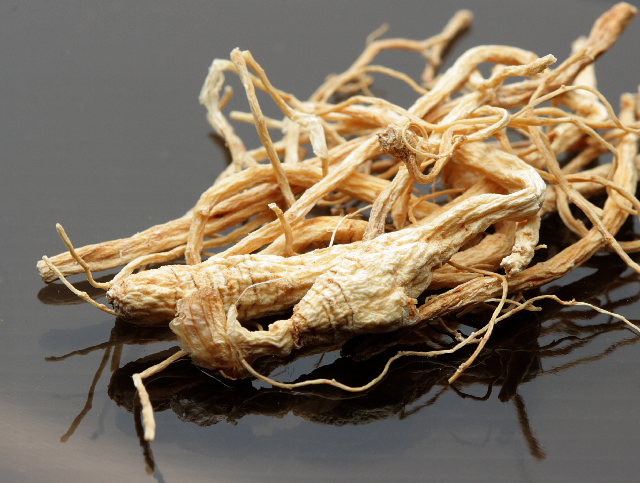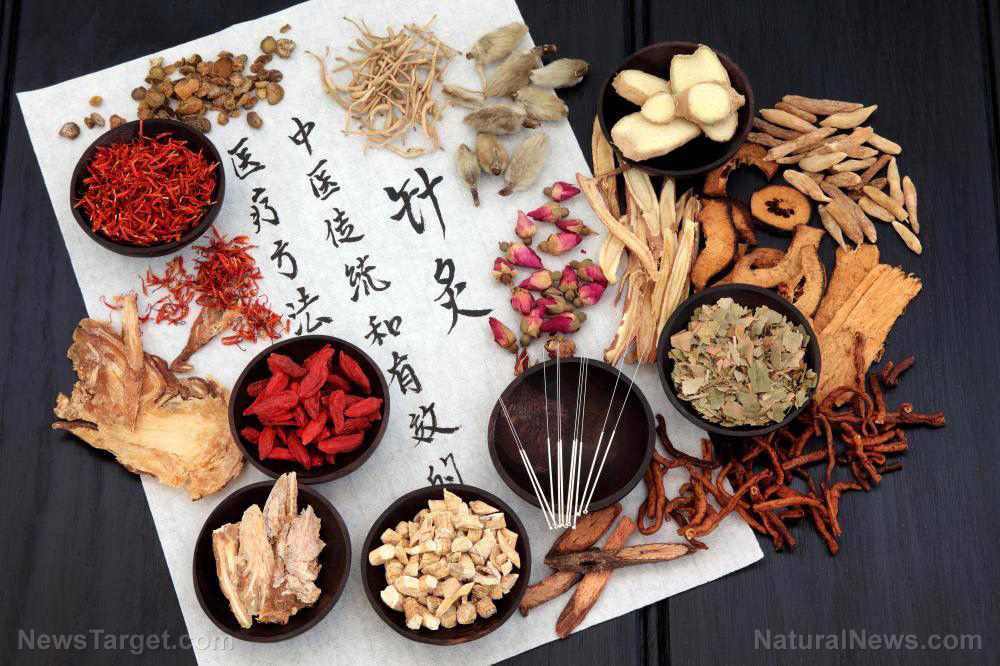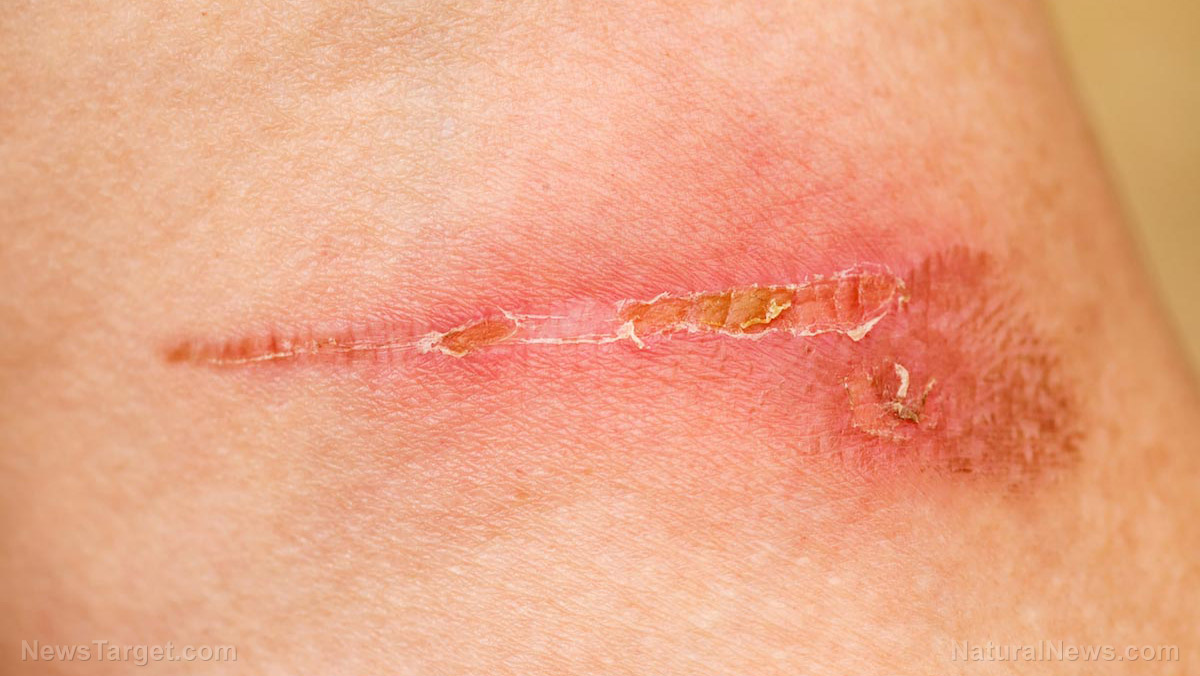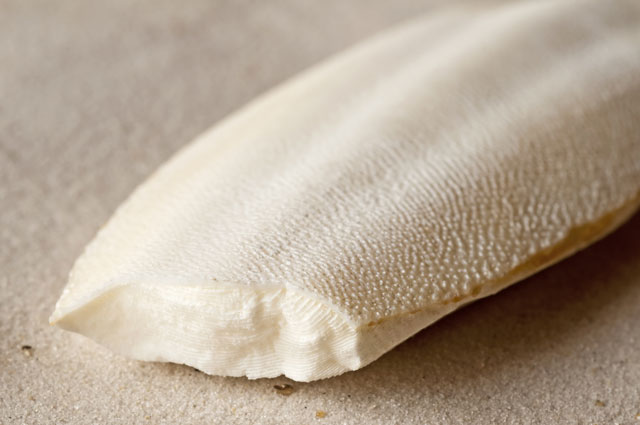Investigating the antioxidant properties of Hua Jiao
09/28/2018 / By Edsel Cook
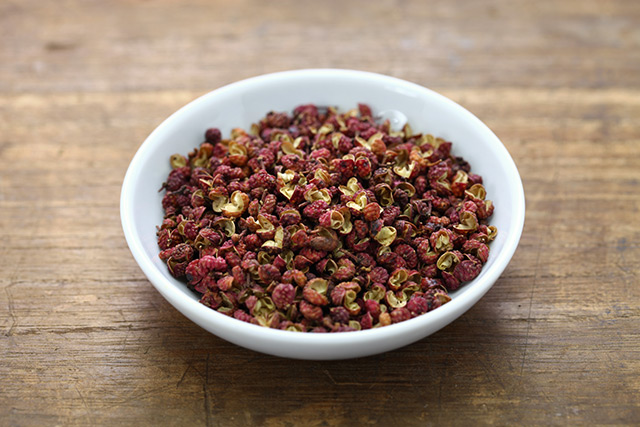
The antioxidant potential of the traditional Chinese herbal remedy called Hua Jiao was studied by Shaanxi-based researchers. They tested the polypeptide fractions from Chinese prickly-ash (Zanthoxylum bungeanum), one of the significant sources of the herbal medicine as well as the important spice Sichuan pepper.
The research team was supported by the Shaanxi Normal University. Its findings were published in the CyTA – Journal of Food.
- The seed kernels of the Chinese prickly-ash were collected and processed via enzymolysis to create polypeptide fractions. These extracts were screened to determine the amino acids in them, their molecular weight, and certain properties of functional food.
- The polypeptide fraction with the best antioxidant properties contained large amounts of glutamic acid, arginine, aspartic acid, and leucine. Glutamic acid made up the largest percentage.
- With a total amino acid count of 54.62 grams per 100 grams of extract, the Chinese prickly-ash’s seeds were determined to be a good alternative source of protein for human consumption. The first limiting amino acid is lysine.
- In terms of functional food properties, the polypeptides possessed high solubility and good viscosity, especially when compared to its original protein. It also demonstrated improvements in emulsifying properties and foam expansion.
- Last but not least, the polypeptides demonstrated a good total antioxidant capacity score. They were able to scavenge large amounts of free radicals.
Based on the results of their experiment, the researchers believed that Hua Jiao could serve as an alternative source of antioxidants that protect against inflammation and free radicals.
The full study can be browsed at this website.
You can visit Herbs.news if you wish to learn more about the Chinese medicinal herb Hua Jiao.
Journal Reference:
Yuan H, Wang H, Wang L, Chai L, Tian C. NUTRITIONAL EVALUATION AND FUNCTIONAL PROPERTIES OF THE ANTIOXIDANT POLYPEPTIDE FROM ZANTHOXYLUM BUNGEANUM MAXIM SEEDS KERNEL PROTEIN HYDROLYSATE. CyTA – Journal of Food. 29 March 2017;15(3):425–432. DOI: 10.1080/19476337.2017.1288171.
Tagged Under: Amino Acids, antioxidants, Chinese medicine, food proteins, herbal medicines, Herbs, Hua Jiao, natural cures, peptides, Proteins, Sichuan pepper, traditional Chinese herb, traditional Chinese medicines


